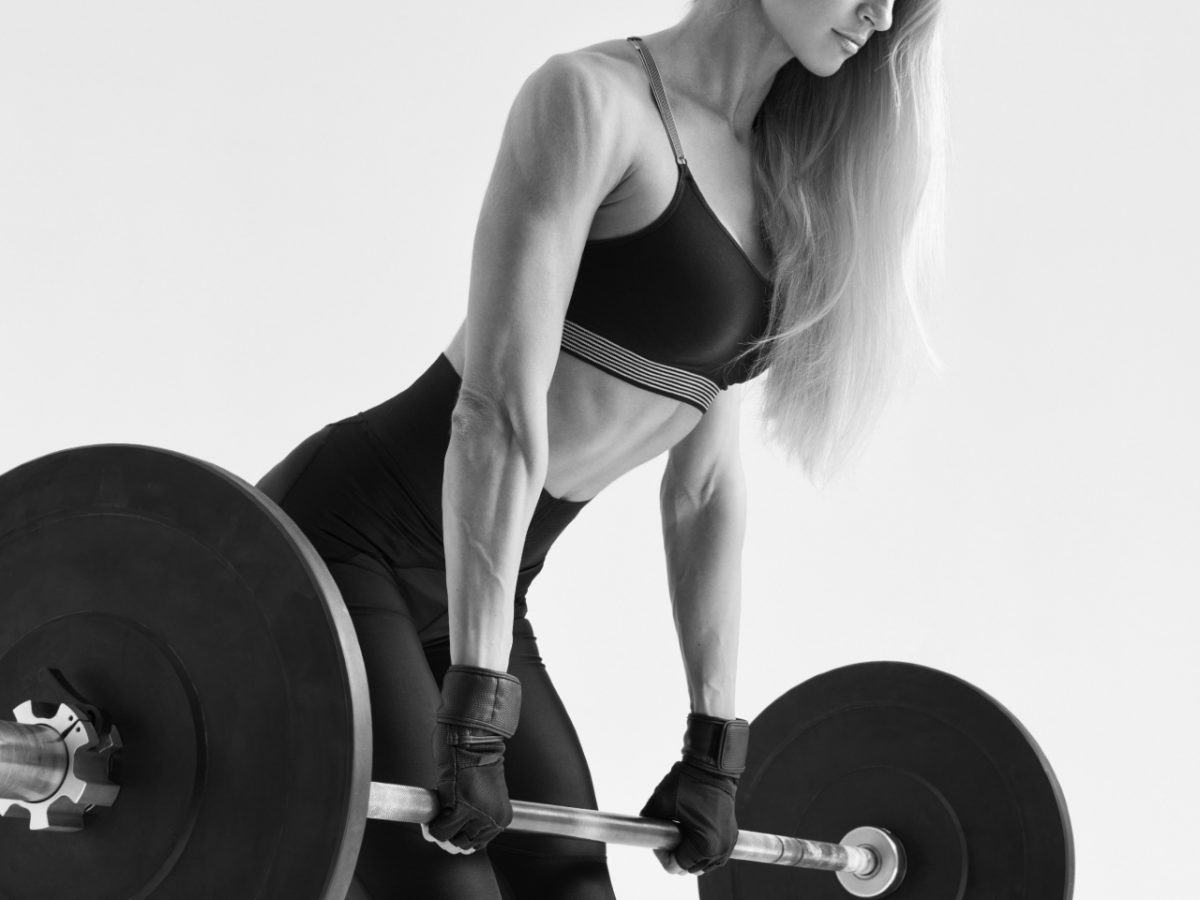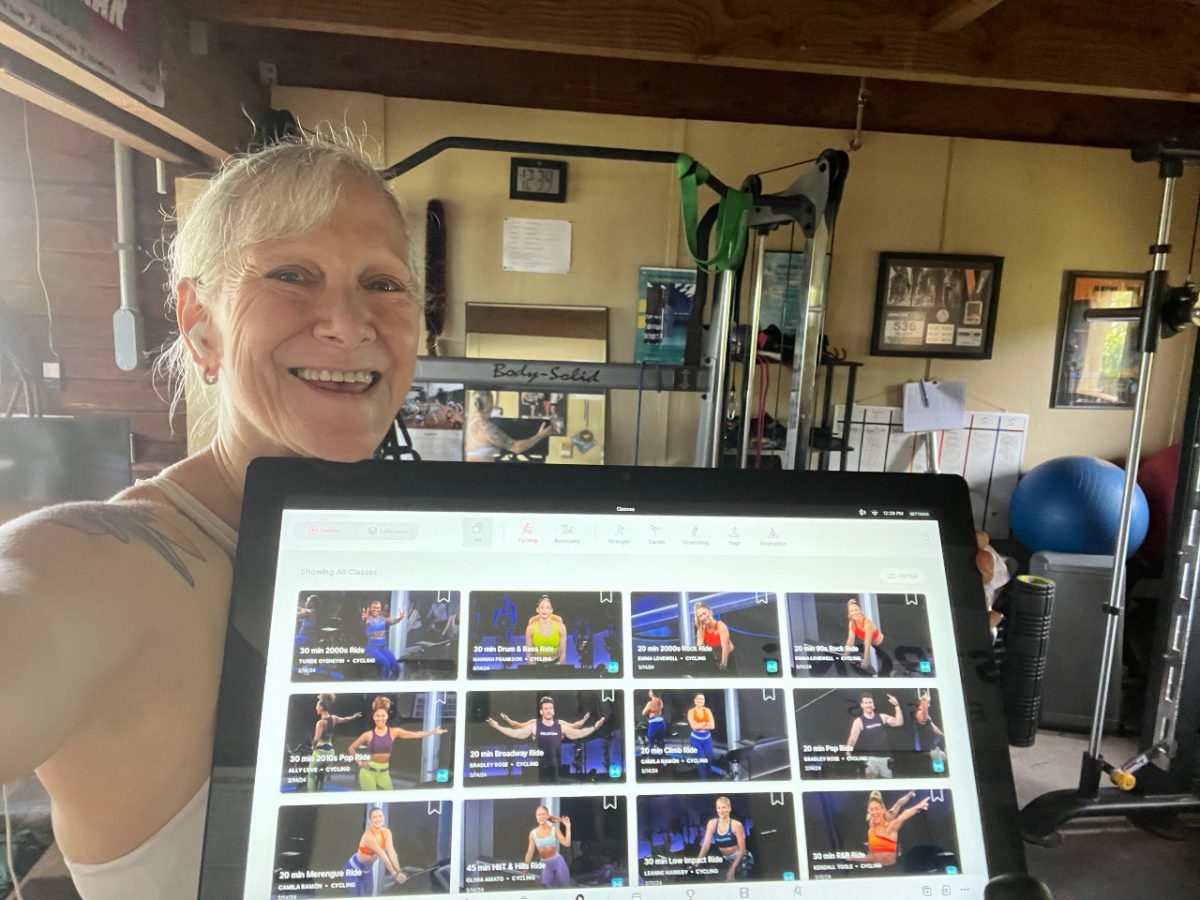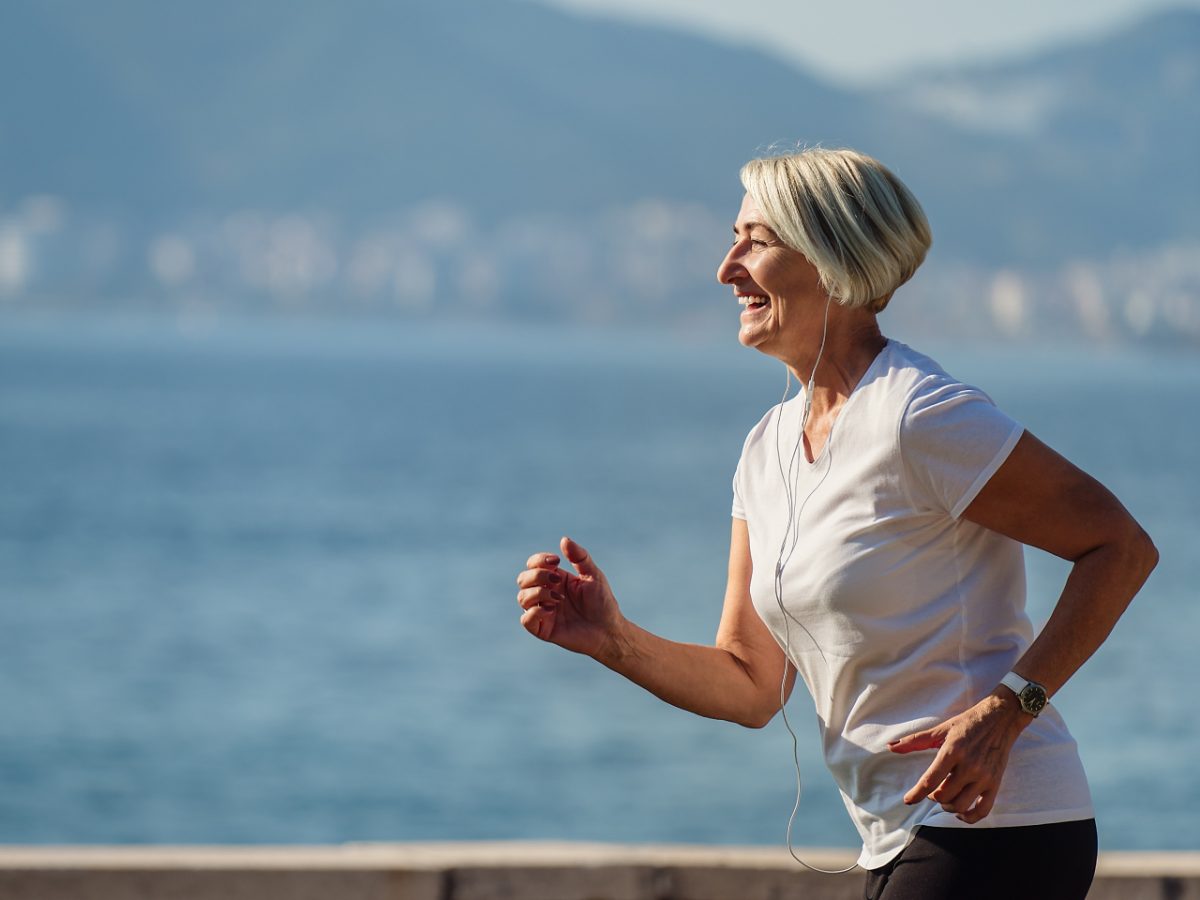In the minds of many, getting and staying fit may consist of low impact and low resistance cardio exercises. But much research has shown the immense benefits strength training can have on our bodies, especially as we age. However, it does require additional measures of preparation and knowledge to prevent injuries that can keep you from your long term goals. Here are eight crucial strategies to keep you safe, strong, and sustainable in your fitness endeavors.
1. Embrace Warm-Up and Cool-Down Sessions
Why are they important? Warm-up activities gradually increase your heart rate and blood flow to muscles, preparing your body for the demands of strength training. Cooling down helps to gradually reduce heart rate and prevent muscle stiffness, reducing the risk of injury. As we age, these practices become even more vital due to decreased elasticity in our muscles and joints. Incorporating dynamic warm up stretches and static stretches in cool-downs can significantly mitigate injury risks.
2. Stay Hydrated: The Power of Water
The role of hydration: Proper hydration is crucial for maintaining the health of your muscles and connective tissues. Dehydrated tissues are more prone to injury, including strains and cramps. Drinking water throughout the day, especially before, during, and after workouts, can help maintain the lubrication of your joints and ensure optimal muscle function.
3. Incorporate Flexibility Training
Flexibility’s role in injury prevention: Regular flexibility exercises increase your range of motion, reducing the risk of muscle tears and strains. Moreover, research presents evidence that long-term static stretching enhances muscle strength and power and potentially reduces injury risks. All this points to the importance of making stretching a daily habit, not just something for workout days. Yoga or Pilates can be excellent additions to your strength training regimen, offering both flexibility and core strengthening benefits.
4. Nutrition and Protein Intake
How nutrition aids injury prevention: Adequate protein intake is essential for muscle repair and growth, preventing overuse injuries. A balanced diet rich in anti-inflammatory foods can also support recovery and reduce injury risk. Omega-3 fatty acids, found in fish and flaxseeds, and antioxidants from fruits and vegetables are particularly beneficial for muscle and joint health.
5. Progress Gradually
Rushing into high weights or complex exercises can quickly lead to overuse injuries. Gradual progression allows your body to adapt safely and build endurance and strength without unnecessary strain. Setting realistic goals and milestones can keep you motivated without pushing your body too far.
6. Use Proper Technique
Even slight deviations in form can lead to significant injuries over time. Working with a certified trainer, even for a few sessions, can provide invaluable insights into correct form and technique. Additionally, video tutorials from reputable sources can be a useful reference for ensuring your form is on point.
7. Rest and Recovery
The importance of rest: Rest days are critical for muscle recovery and growth, helping to prevent overuse injuries. Adequate sleep is also a cornerstone of injury prevention, as it allows for the repair of tissues damaged during workouts. Listening to your body and taking time off when needed can prevent injuries, particularly training-related ones.
8. Wear Appropriate Gear
The right workout gear, including footwear, can make a significant difference in preventing injuries. Shoes designed for the type of activity you’re engaging in can provide the necessary support and cushioning, reducing the impact on your joints.
To Wrap It Up
Strength training is a powerful tool for enhancing your health and vitality, particularly as we navigate our 50s and beyond. By incorporating these eight strategies into your routine, you’re not just committing to building strength; you’re also taking proactive steps to ensure that your fitness journey is safe, enjoyable, and injury-free. Remember, the goal is not just longevity but a vibrant, active life where your health and well-being are paramount. Let’s lift, stretch, hydrate, and nourish our way to a stronger, healthier future.

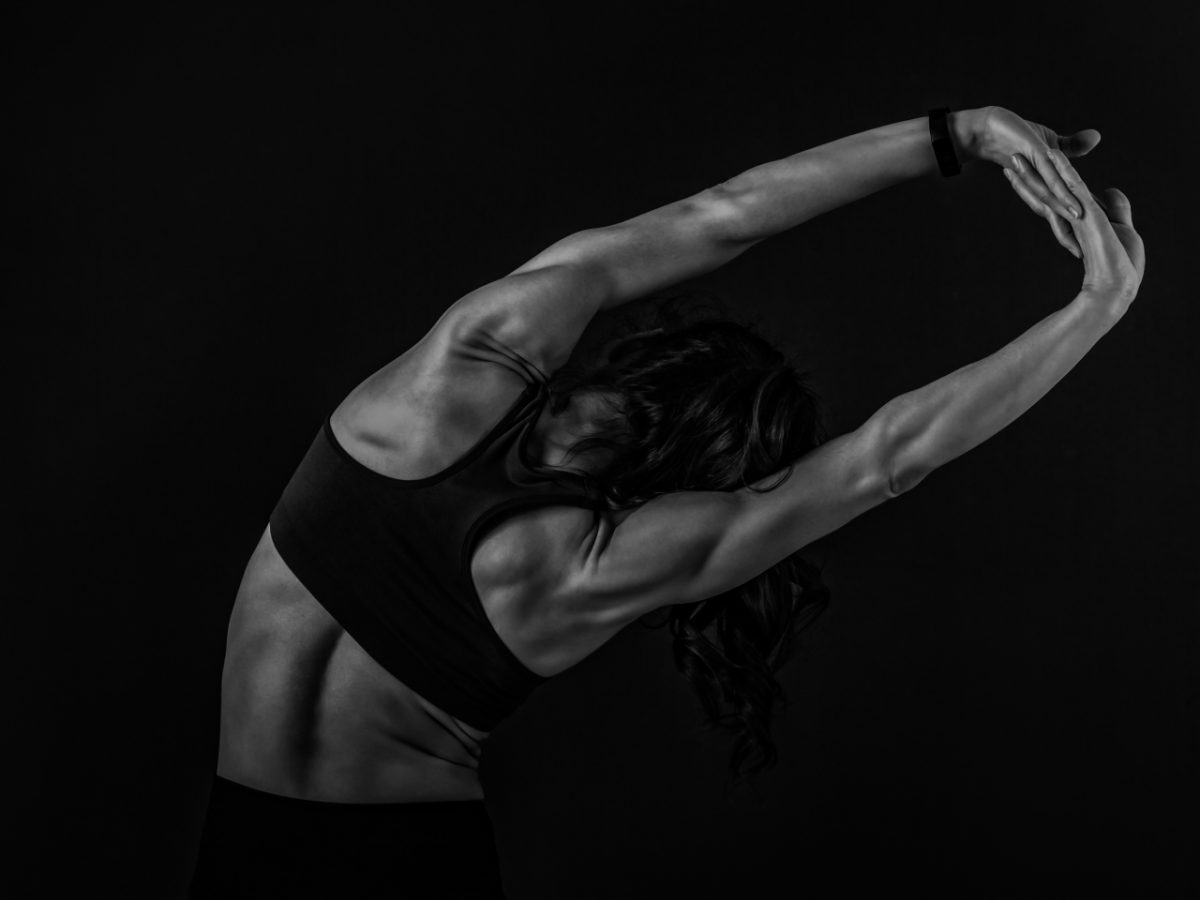


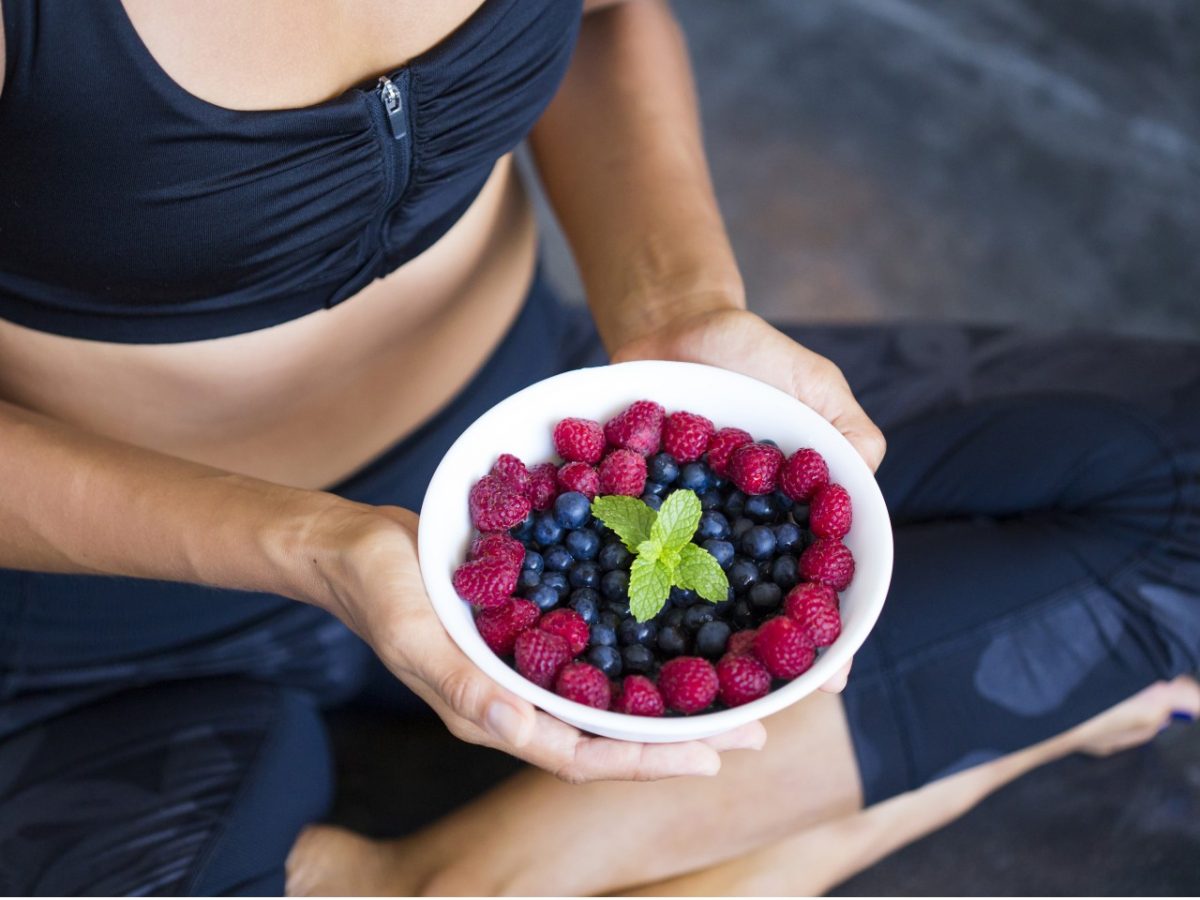
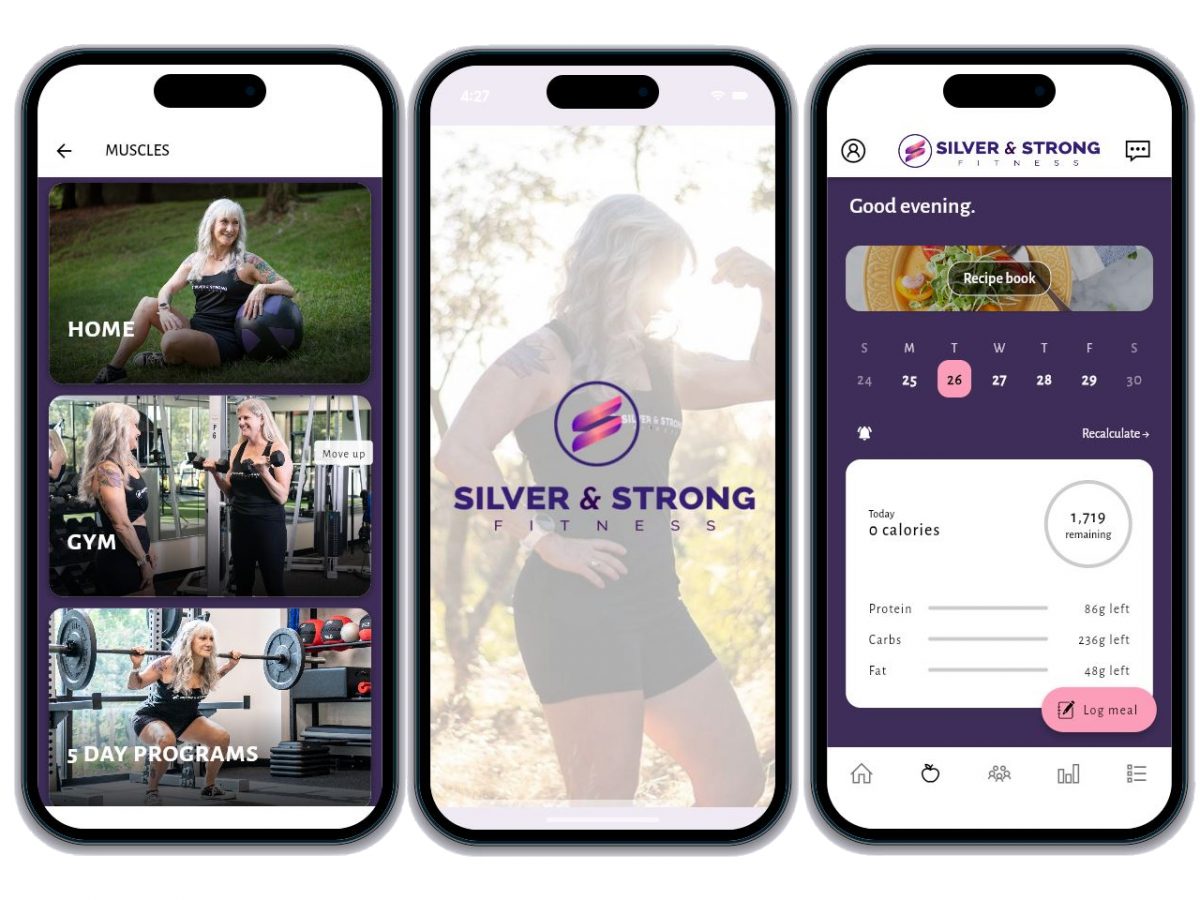
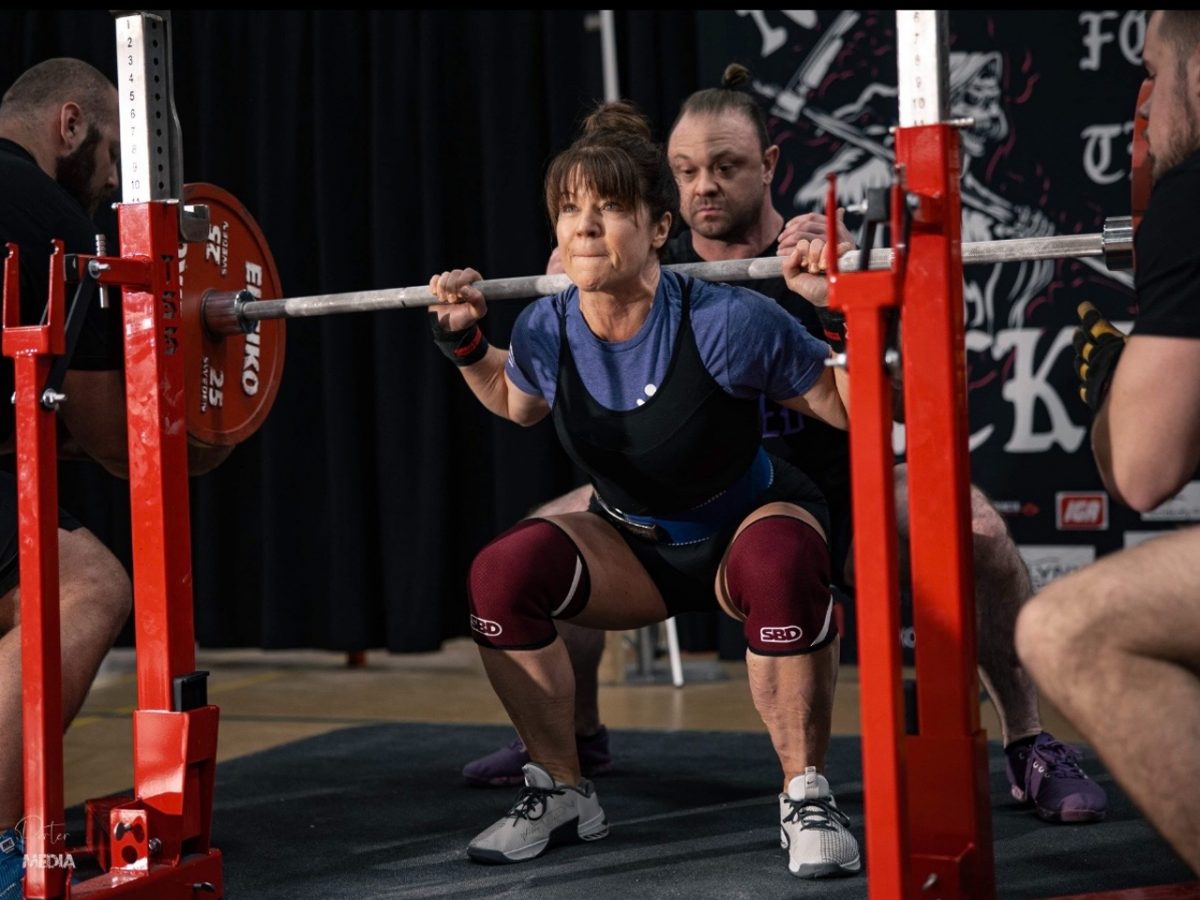
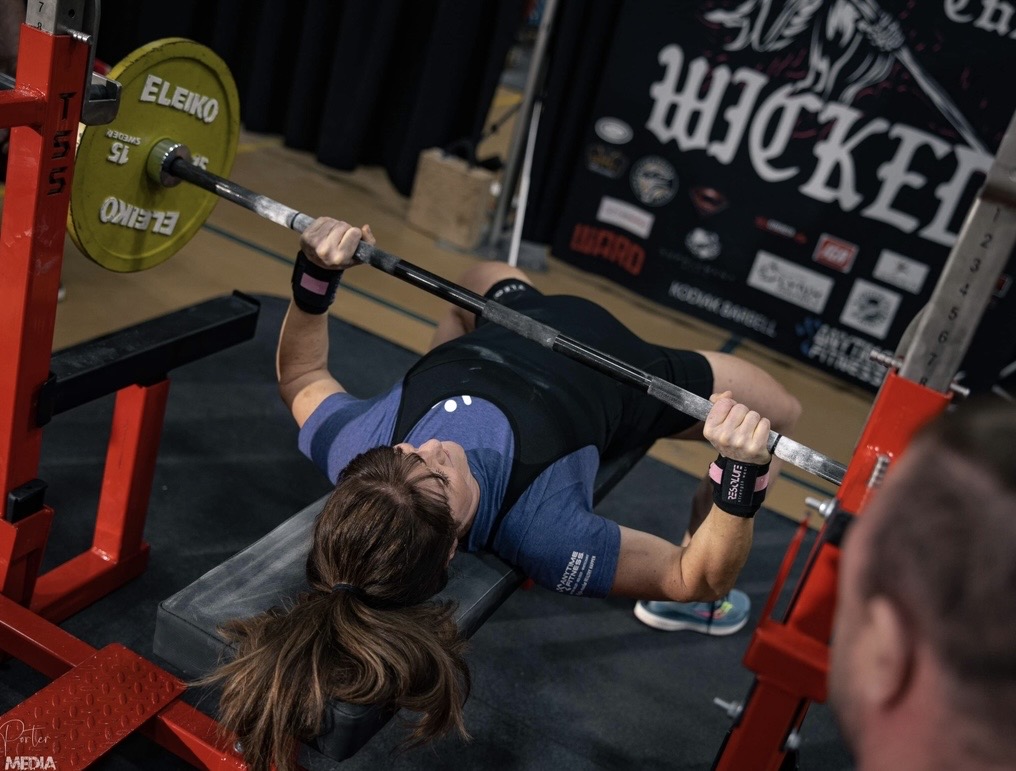 Then it was on to the last event—deadlift. I had two great lifts and on my third attempt, I made a slight up/down motion with my shoulders at the top of the lift which disqualified the attempt. Another lesson learned, but also another record made with the deadlift.
Then it was on to the last event—deadlift. I had two great lifts and on my third attempt, I made a slight up/down motion with my shoulders at the top of the lift which disqualified the attempt. Another lesson learned, but also another record made with the deadlift.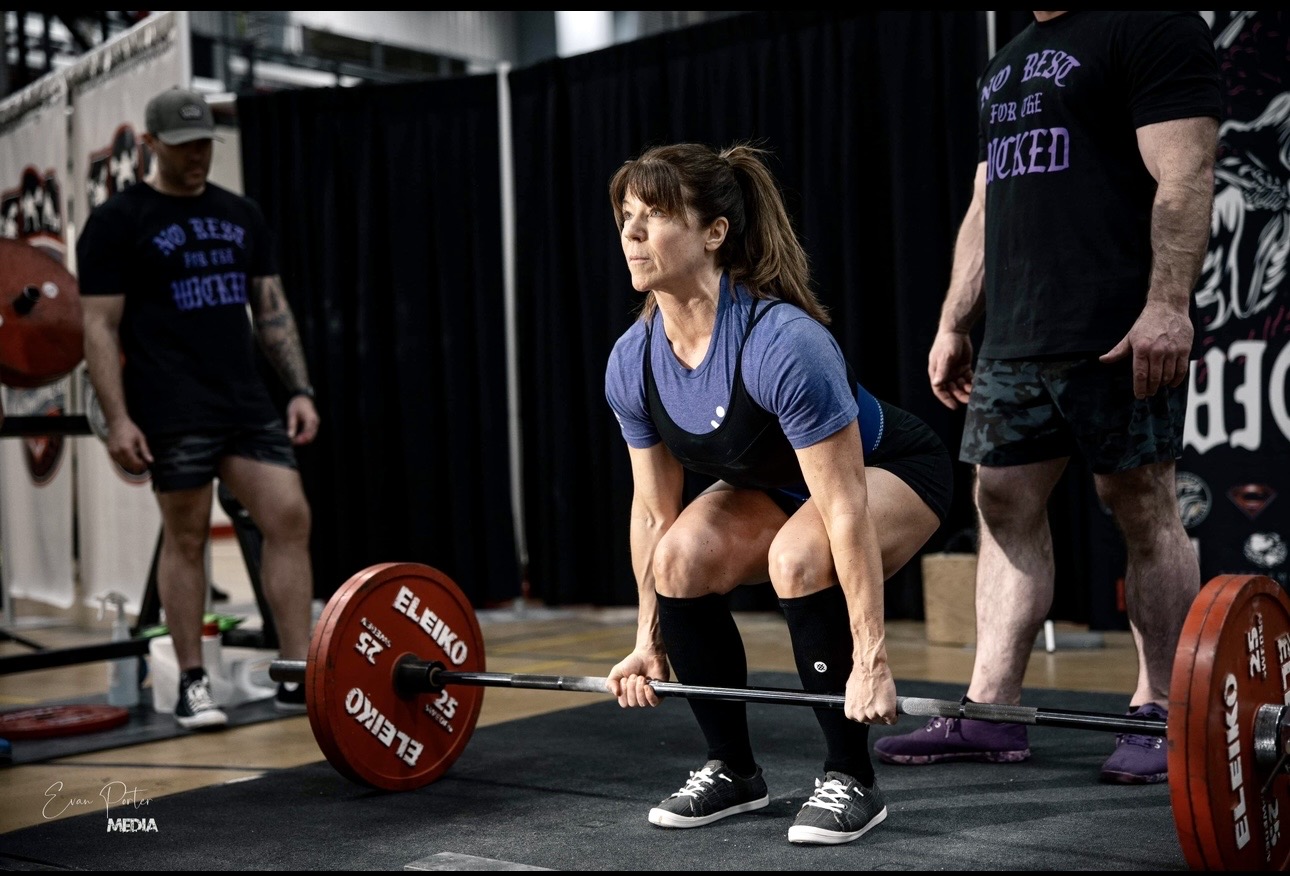 All in all, I feel like the day was a success.
All in all, I feel like the day was a success.
